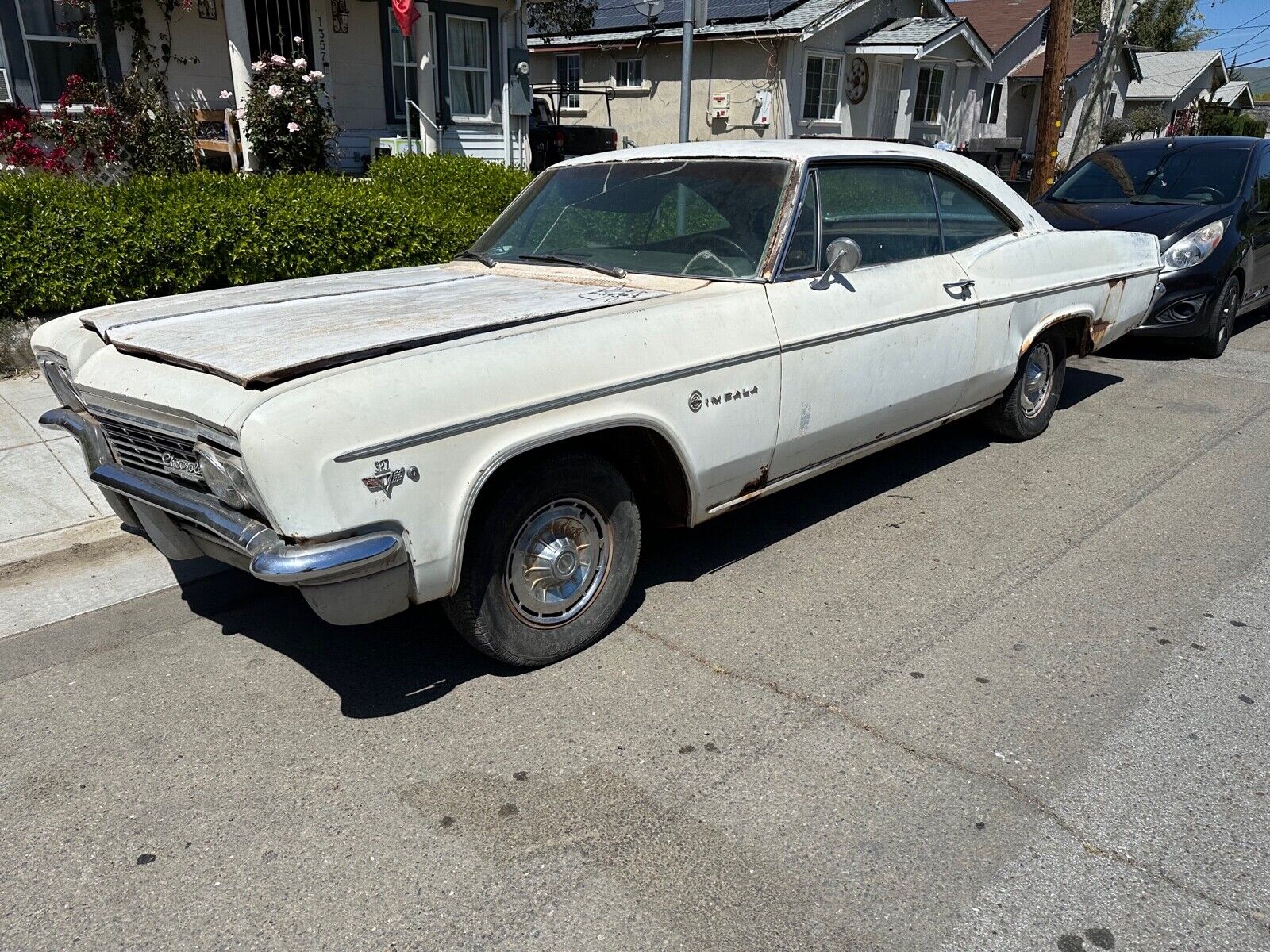The year was 1965, and Chevrolet’s Impala was getting ready to set a record that not even the GM brand anticipated.Impala became the first car in the United States after WWII to sell more than 1 million units in a single year. The achievement is even more impressive given that the Impala was a relatively new model. The nameplate was introduced in 1958 as a Bel Air version before graduating to a stand-alone series a year later.
As such, the Impala needed just seven years to become a superstar. Chevrolet tried to stick with a similar approach in the next few years, but several questionable market decisions eventually caused a gradual sales decline. In 1966, the company turned the Caprice into a separate series, producing a drop in terms of sales for the Impala lineup.

Despite losing a key member of the family, the Impala remained an appealing model. It was still available with six-cylinders and V8s, and customers could order it as a two-door convertible or hardtop, a four-door sedan or hardtop, or a four-door station wagon (also the most expensive configuration this year).
The Impala we have here is a surprising find in all regards. First and foremost, the car has been sitting for no more, no less than 30 years. Time has already taken a toll on the vehicle’s condition, so the rust damage requires particular attention. Potential buyers would better check out the floors thoroughly, as one of the pictures shows massive holes on both the driver’s and the passenger’s sides. Big patches could help deal with them, but new pans would probably be the better choice for a high-quality restoration job.

The owner of the Impala parked it on the side of the road back in 1989 due to engine overheating. The car has already received a series of fixes, including new brake lines and hoses. The original Rochester carburetor has been rebuilt but still requires additional fixes.
The odometer indicates just 27,000 miles (close to 43,500 km), and the owner guarantees they are all original. The low mileage makes sense given the long tenure on the side of the road, but you should still look into this thoroughly.
